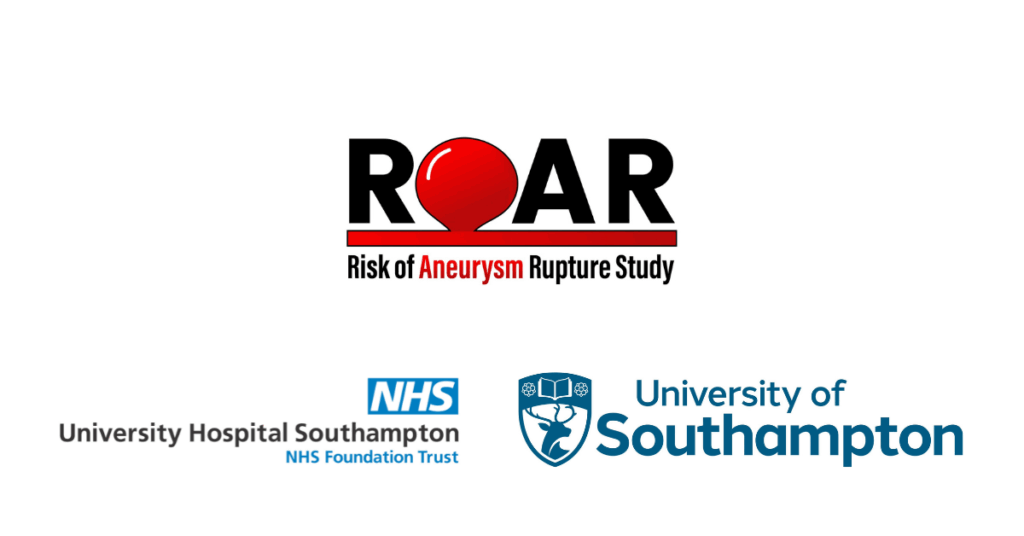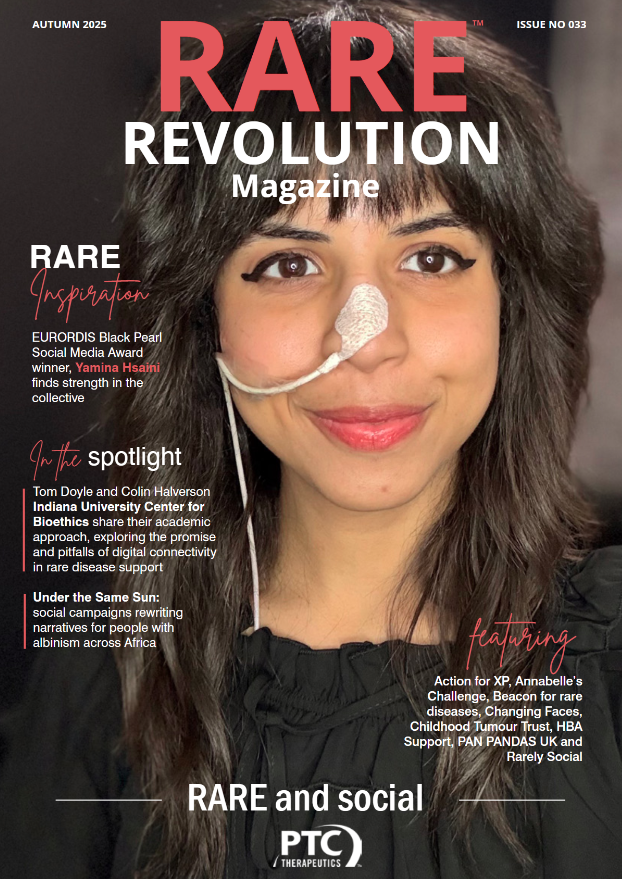Unlocking the genetics of brain aneurysms: world-leading new UK study aims to transform NHS approach to a potentially inherited silent killer

A world-leading, landmark research initiative aims to lay the foundation for the country’s first genetic screening programme for brain aneurysms—potentially reshaping how the NHS identifies and manages a life-threatening but often overlooked condition that can devastate families for generations.
The ROAR-DNA Project, a UK-based multicentre research project bringing together researchers from University Hospital Southampton NHS Foundation Trust (UHS) and the University of Southampton, is the first study of its kind and scale to investigate the genetic markers that may predispose people to develop brain aneurysms. Brain aneurysms are balloon-like swellings in blood vessels of the brain, found in approximately 3% of the UK population, that’s over 2 million people. While most aneurysms remain stable and harmless, around 1 in 100 will rupture, usually without warning, causing a subarachnoid haemorrhage (SAH)—a type of stroke that can be fatal or severely disabling. In the UK, an estimated 3,000 to 5,000 people experience a brain aneurysm rupture each year, with around half of these cases proving fatal.
Most aneurysms are sporadic, meaning they are one-off events, but there is evidence of a strong genetic component to the development of intracranial (brain) aneurysms. They often run in families with over 16% of patients with an aneurysm having an affected parent or sibling. Despite this significant data, no genetic screening programme currently exists, and little is known about the genes that impact aneurysm growth and rupture. The UK four-year ROAR-DNA Project aims to close that gap by collecting and analysing genetic data from 6,000 patients with brain aneurysms, comparing this against data from patients without brain aneurysms, working in tandem with the existing ROAR Study, which is already tracking over 20,000 patients across the NHS—the largest study of its kind globally.
Professor Diederik Bulters, Consultant Neurosurgeon at UHS, Honorary Professor of Neurovascular Surgery at the University of Southampton and Chief Investigator of the ROAR Study, said:
“Brain aneurysms typically produce no symptoms but can burst without warning with catastrophic consequences. The reality is most brain aneurysms will never rupture but we currently have no way of identifying the minority that will. We are making great strides in understanding clinical risk factors but our ability to understand the genetics behind their development and understand why they rupture remains surprisingly limited for a condition that potentially impacts 3% of the UK population. ROAR-DNA is designed to fill the critical gap in our understanding of genetic risk—offering a more complete picture of who is most vulnerable to aneurysms. This pioneering research is only possible within the NHS, thanks to its unique infrastructure, trusted access to secure patient data, and the generous support of the Medical Research Council. It could pave the way for targeted NHS screening programmes that identify and monitor high-risk individuals before an aneurysm becomes life-threatening—and open up new possibilities for therapeutic treatment to reduce the need for invasive surgery.”
Rebecca Middleton, CEO of HBA Support, the UK charity that supports patients and families affected by brain aneurysms, and the Patient Lead on the project, added:
“This research is urgently needed. My family has been devastated by this condition, and I was treated seven years ago for a growing brain aneurysm. I’m just one of thousands left wondering whether my family history puts other close relatives at risk. Until now, we’ve had no definitive answers. ROAR-DNA could transform that—by uncovering which genes matter, we will be one step closer to potentially screening through a blood test, enabling earlier intervention and care, new medicines and drugs and personalised pathways for those patients and families at an increased risk. Ultimately, this ground-breaking and world-leading study could save lives and heartache. For patients, this is not just about science—it’s about hope, reassurance, and the possibility of preventing future tragedies.”
The ROAR-DNA Project is a pivotal step in the broader ROAR Study research programme, which stands for Risk Of Aneurysm Rupture, working to improve risk prediction models currently used by NHS neurovascular teams. The ROAR Study is the largest study in the world focused on the management of patients with unruptured intracranial aneurysms. Current existing tools, like the PHASES score which is used to predict rupture risk, are based on a limited set of factors and do not account for important risks such as sex and family history. The Roar Study announced in April this year that is has reached a key milestone of achieving the recruitment target of over 20,000 patients. The enhanced models emerging from the ROAR studies aim to provide patients and clinicians with clearer, evidence-based pathways for care. Results are due to be published later this year and are eagerly awaited by both the patient and the medical neuro specialist community.
Participant recruitment for ROAR-DNA is set to begin in Autumn 2025, with patients across the UK invited to learn more at https://roarstudy.co.uk/roar-study.


